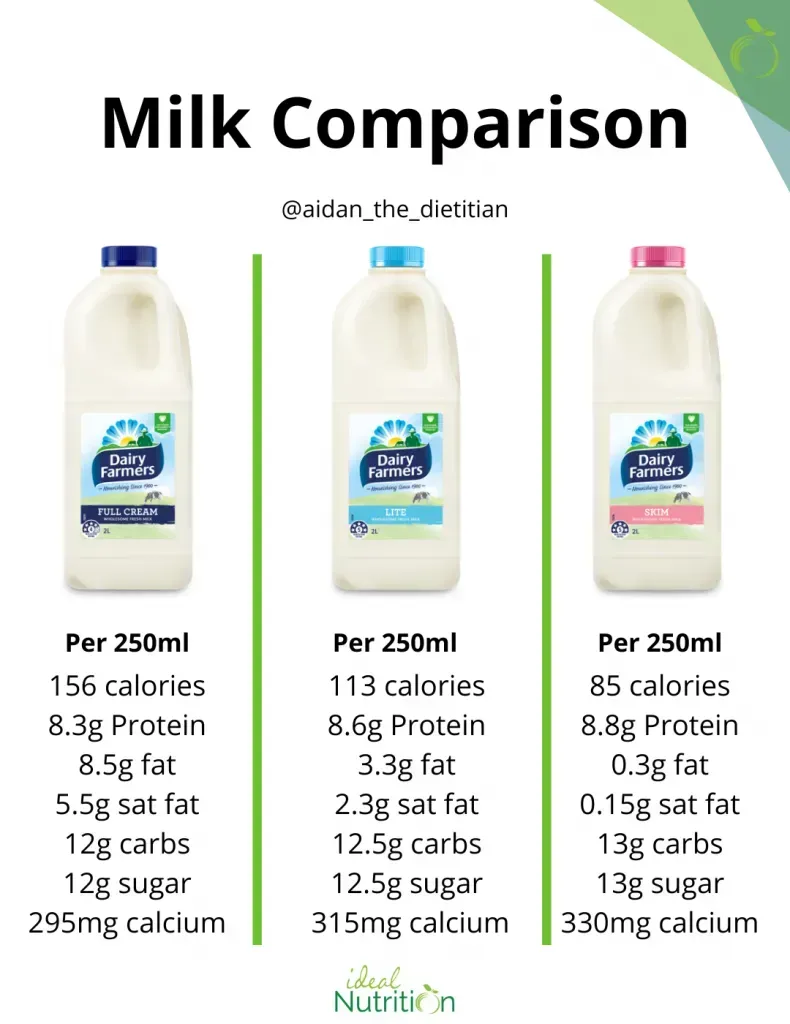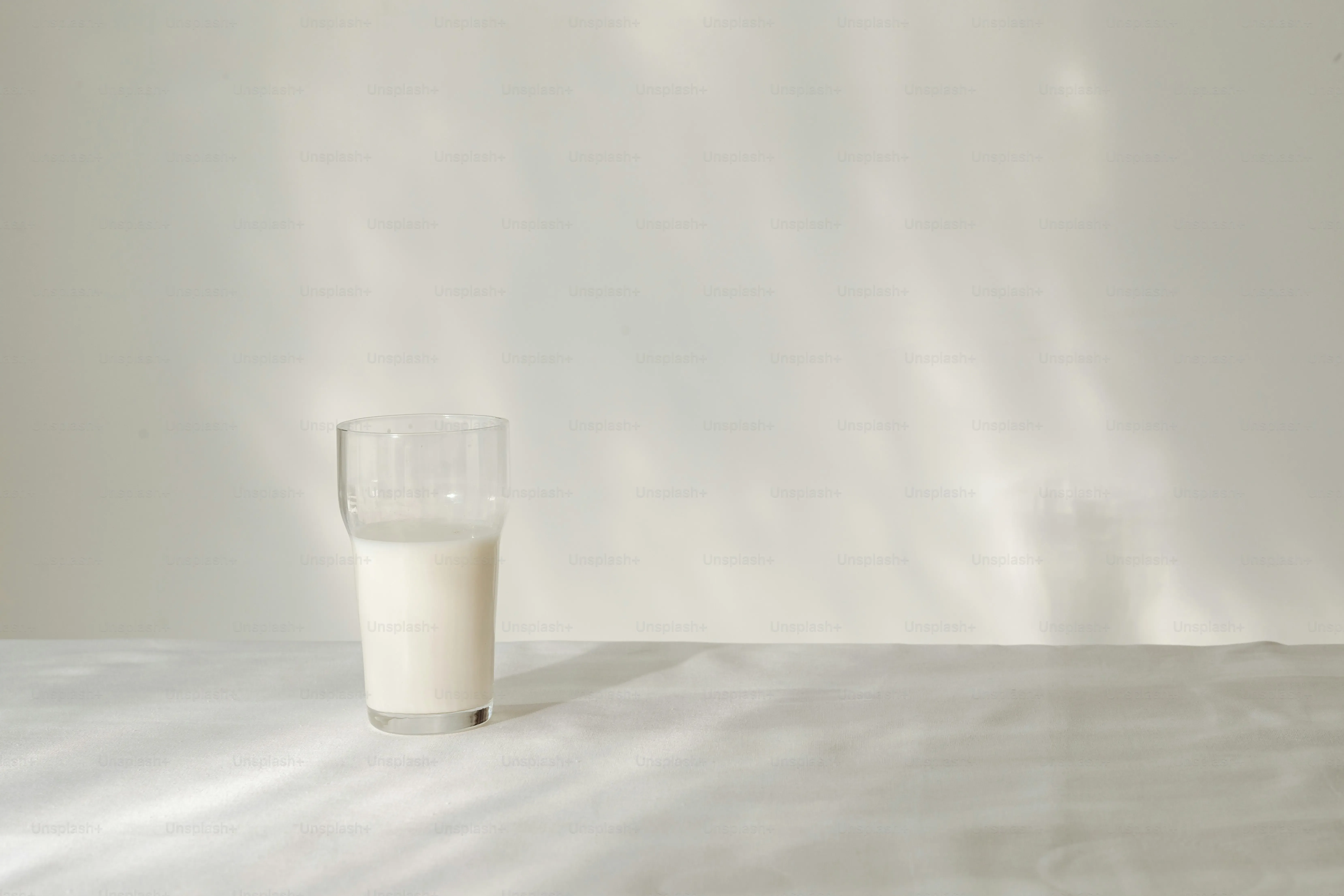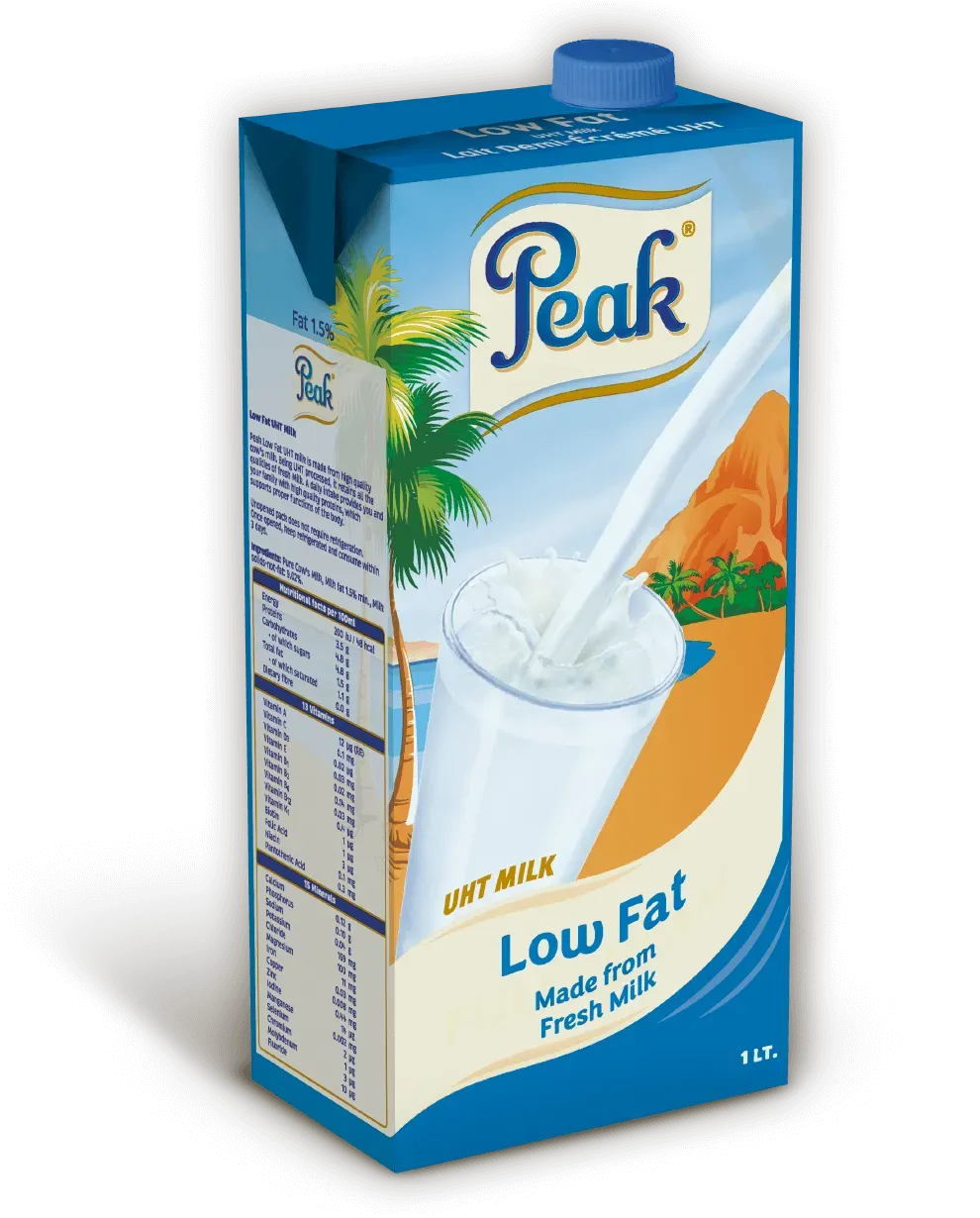Table of Contents
Walk down the dairy aisle these days and you're faced with a dizzying array of options. Whole milk, 2%, skim, almond, oat, soy... it's enough to make you grab the first carton you see and make a break for it. But if you're trying to figure out your dairy choices, particularly when fat content is a concern, you've probably landed on the question: what is low fat milk, exactly? Is it just whole milk with some stuff taken out? Does it still have the good stuff? Or is it just watery disappointment?
Understanding What is Low Fat Milk: The Production Process
Understanding What is Low Fat Milk: The Production Process
Starting with Whole Milk
So, you're wondering how we get from a cow mooing in a field to that carton of low fat milk in your fridge? It all starts with regular, full-fat milk, fresh from the farm. This raw milk is roughly 3.5% to 4% fat, maybe a bit more depending on the cow breed and what she had for breakfast. Before anything else happens, this raw milk gets chilled down fast to keep bacteria from having a party.
Then, it hits the processing plant. The first big step is separation. They run the milk through a centrifuge, which is basically a super-fast spinner. This force separates the lighter cream from the heavier skim milk. Think of it like spinning salad in one of those salad spinners, but way more intense and for liquids. This gives you two main components: cream (which goes on to become butter, cheese, or higher-fat milk products) and skim milk (which has almost zero fat).
Pasteurization and Homogenization
Once the milk has been separated, they put it back together, but with a twist. To make low fat milk, processors take that skim milk and add back a *specific amount* of the separated cream. For 1% milk, it's about 1% fat. For 2% milk, you guessed it, around 2%. It's not just a random splash; it's a measured process to hit that exact fat percentage requirement the government sets.
After getting the fat content just right, the milk is pasteurized. This involves heating the milk to a high temperature for a short time to kill any potentially harmful bacteria hanging around. It's a crucial step for safety. Then comes homogenization, which breaks down the remaining fat molecules into tiny, uniform droplets. This prevents the cream from rising to the top and gives the milk a smooth, consistent texture throughout the carton. Without homogenization, your low fat milk would separate, and nobody wants a chunky surprise in their cereal.
- Raw milk arrives at the plant.
- Milk is chilled immediately.
- Centrifuge separates cream from skim milk.
- Measured amount of cream is added back to skim milk (for 1% or 2%).
- Milk is pasteurized to kill bacteria.
- Milk is homogenized for smooth texture.
Fortification and Packaging
With the fat adjusted, pasteurization done, and homogenization handled, the milk is almost ready. However, during the fat removal process, some fat-soluble vitamins, particularly Vitamin A and Vitamin D, are also removed. Since these vitamins are important for things like vision and bone health, processors typically add them back in. This is called fortification. Check the label on your carton; you'll almost always see Vitamin A and D listed.
So, what is low fat milk? It's essentially whole milk that's been taken apart and put back together with less fat and fortified with vitamins lost in the process. It's a manufactured product, tailored to a specific fat percentage. From there, it's quickly cooled again and packaged into the cartons or jugs you see in the store, ready to begin its journey to your fridge.
How Low Fat Milk Compares: Skim, 2%, and Whole
How Low Fat Milk Compares: Skim, 2%, and Whole
Stepping Down from Whole Milk
Alright, so you know what is low fat milk from a processing standpoint. Now let's stack it up against the rest of the lineup. Whole milk, the OG, clocks in at around 3.5% fat. It's rich, it's creamy, and it's got that full mouthfeel people either love or are trying to avoid. When you look at 2% or 1% milk, you're looking at products where a significant chunk of that natural fat has been removed. This isn't some magic trick; it's a deliberate reduction. Two percent milk still has a noticeable creaminess compared to skim, but it's definitely lighter than whole. One percent milk is a further step down, feeling thinner on the tongue. The difference in texture and richness is immediately apparent. It's a trade-off: less fat and fewer calories, but you lose some of that classic dairy decadence.
Low Fat vs. The Fat-Free Frontier
Now, let's talk about the other end of the spectrum: skim milk. Skim milk is essentially the liquid left after almost all the fat has been spun out by the centrifuge. It typically contains less than 0.5% fat. Comparing what is low fat milk (like 1% or 2%) to skim milk highlights the subtle but important differences in texture and taste. Skim milk can often feel quite watery to people used to whole or even 2%. It lacks that slight richness that even a little bit of fat provides. While skim milk is the lowest in calories and fat, low fat options like 1% and 2% offer a compromise for those who want less fat than whole milk but find skim too thin or lacking in flavor. It's about finding that sweet spot between calorie reduction and drinkability.
Milk Type | Approximate Fat Content | Typical Texture/Taste |
|---|---|---|
Whole Milk | ~3.5% | Rich, creamy, full-bodied |
2% Milk (Reduced Fat) | 2% | Noticeably lighter than whole, some creaminess |
1% Milk (Low Fat) | 1% | Thinner than 2%, less creamy |
Skim Milk (Fat-Free) | <0.5% | Very thin, often described as watery |
Nutritional Facts: What is Low Fat Milk Really Giving You?
Nutritional Facts: What is Low Fat Milk Really Giving You?
Beyond the Fat: Key Nutrients Still Present
so we’ve stripped out some fat from whole milk to get to what is low fat milk. Does that mean we've stripped out all the good stuff too? Not at all. Even with less fat, this milk remains a solid source of several important nutrients. You're still getting a good hit of high-quality protein, essential for building and repairing tissues. A single glass provides a decent chunk of your daily needs. It's also packed with calcium, which is critical for bone health – think strong teeth and preventing osteoporosis later in life. Riboflavin (Vitamin B2) and Vitamin B12 are also hanging around, playing roles in energy metabolism and nerve function.
Calorie Count and Vitamin Fortification
The main draw for many choosing what is low fat milk is the lower calorie count compared to whole milk. By reducing the fat from around 3.5% to 1% or 2%, you significantly cut down on calories per serving. This is straightforward math – fat is calorie-dense. As we touched on earlier, because the fat-removal process also takes out naturally occurring fat-soluble vitamins like A and D, these are added back in. This fortification ensures you don't miss out on these crucial vitamins just because you opted for less fat. Vitamin A supports vision and immune function, while Vitamin D is vital for calcium absorption, directly impacting those bones we just talked about.
Nutrient | Benefit | Still Present in Low Fat Milk? |
|---|---|---|
Protein | Muscle repair, satiety | Yes |
Calcium | Bone health | Yes |
Vitamin D (Fortified) | Calcium absorption, bone health | Yes (Added) |
Vitamin A (Fortified) | Vision, immune function | Yes (Added) |
Riboflavin (B2) | Energy metabolism | Yes |
Understanding the Trade-offs
While low fat milk retains many nutrients and adds back key vitamins, it's worth noting the trade-offs. Some studies suggest that the fat in whole milk might help with the absorption of fat-soluble vitamins, even if they are fortified into lower-fat versions. Also, the reduced fat means less satiety for some people – that creamy richness in whole milk can help you feel full longer. So, while you save on calories and fat with what is low fat milk, consider your overall diet and how this milk fits into your nutrient intake and hunger cues. It's not just about cutting fat; it's about the whole nutritional package.
Deciding If What is Low Fat Milk Suits Your Diet
Deciding If What is Low Fat Milk Suits Your Diet
Considering Your Calorie Goals and Overall Diet
Alright, so you've got the lowdown on what is low fat milk and how it stacks up nutritionally. Now, the big question: should *you* be drinking it? This isn't a one-size-fits-all answer. The primary reason people choose low fat milk is to reduce calorie and saturated fat intake compared to whole milk. If you're actively counting calories or managing your saturated fat consumption as part of a broader health strategy – maybe you're aiming for weight loss, or your doctor flagged your cholesterol – then swapping whole milk for 1% or 2% is a straightforward way to make a dent. Think about your typical day. Are you getting plenty of healthy fats from other sources like avocados, nuts, and olive oil? If so, reducing saturated fat from dairy might be a reasonable move. If your diet is generally low in fat, a little more from whole milk might not be an issue. It really comes down to the context of your entire plate, not just the glass of milk.
Listening to Your Body and Preferences
Beyond the numbers, there's the simple matter of taste and how the milk makes you feel. Some people find the richness of whole milk more satisfying, which can actually help them eat less overall. Others genuinely prefer the lighter taste and texture of what is low fat milk or even skim. There's no nutritional gold medal for forcing down milk you don't enjoy. Also, consider digestion. While the fat content changes, the lactose remains unless you're buying lactose-free versions. So if you have lactose intolerance, switching to low fat won't solve that problem; you'll still need a lactose-free or alternative milk. Ultimately, the "best" milk for you is one that you'll actually drink consistently, that fits your dietary needs, and that you enjoy. Don't feel pressured by trends; figure out what works for your body and your lifestyle.
So, ask yourself:
- Are you actively managing calorie or saturated fat intake?
- Does the taste and texture of low fat milk appeal to you?
- Do you have any digestive issues with dairy?
- Are you getting essential fatty acids from other foods?
The Final Sip: Is Low Fat Milk For You?
So, what is low fat milk? It's milk that's had a good chunk of its fat removed, landing somewhere between the richness of whole milk and the near-total fat absence of skim. The process is straightforward, but it changes the texture and, yes, the flavor profile. Nutritionally, it still offers the protein, calcium, and vitamins milk is known for, often fortified further. Whether it’s the right carton for your fridge depends entirely on your dietary goals, calorie needs, and frankly, what you actually enjoy drinking. It’s not a magic bullet for weight loss, nor is it inherently "better" than whole milk for everyone. It’s simply one option on a shelf packed with choices, a middle ground worth considering if the fat content of whole milk is a concern, but the watery nature of skim isn't your jam. Pick the one that makes sense for your plate and your palate.
